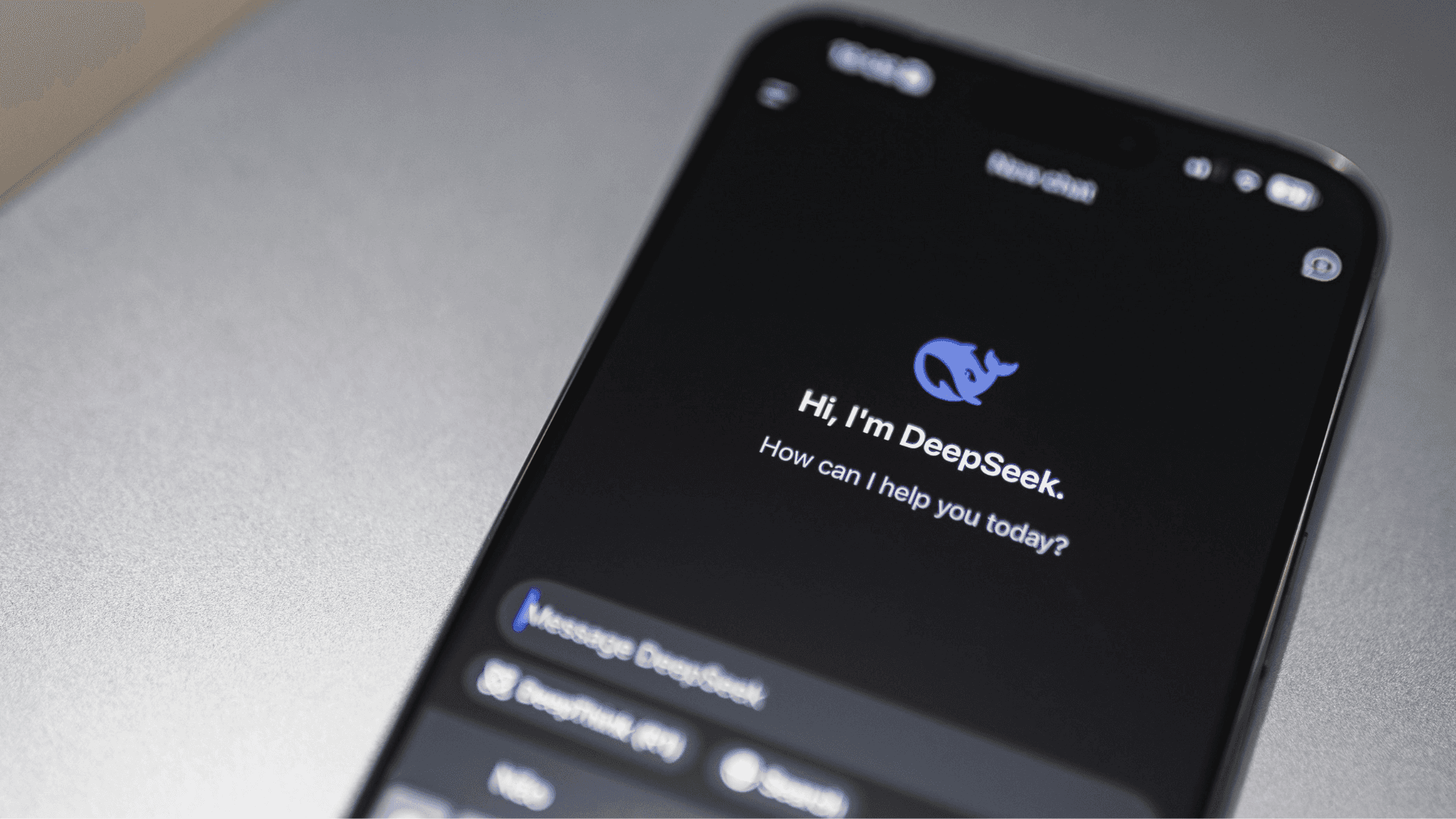SEO vs GEO: How I’m Preparing for the AI Rewrite of Search
Why AI-driven GEO is replacing SEO, and how original content safeguards your brand’s visibility.
By Jiawen Xu
•
Saturday, June 28, 2025

The future of search isn’t search. It’s a conversation with someone you trust - Jack Uldrich (2009)
Why I’m Writing This
As a recent graduate in NUS Business School, I’ve spent the past few years learning how to create content for sites to rank on Google. But it’s 2025, and the way people discover answers is tilting toward AI chat platforms — ChatGPT, Claude, Perplexity, Gemini, even TikTok’s in-app Ask feature. A national survey this March found that one in two U.S. adults already uses an LLM regularly, and global chatbot visits are soaring 80 % year-on-year (even if Google still dwarfs them for now).
That shift forces marketers — including me — to think beyond traditional Search Engine Optimisation (SEO) and embrace Generative Engine Optimisation (GEO).
SEO in 60 seconds
"SEO is the craft of helping search engines crawl, index and rank your pages so they appear in the top organic results." This was the top definition generated by ChatGPT — Okay, but what does this actually mean?
Think of Google like Singapore’s #1 makan lobang — the super-garang tour guide everyone trusts. When someone asks, “Where can I buy pandan cake ah?”, the guide will:
Crawl – walk around the Internet HDB corridors, peep into every shop.
Index – note down what each shop sells.
Rank – decide which shop most steady, then put that in the top few spots.
If your store’s website loudly says “best pandan cake in Singapore”, “traditional Singapore dessert”, plus related keywords on the descriptions (“freshly baked pandan cake”, “ondeh-ondeh vibes”) and your site loads very quickly, the guide will go, “this one confirm can!” and show you to the tourists.
Okay, but this is an ultra-simplified version of SEO, as there are many other aspects to consider, such as backlinks, authority score, etc.

What Exactly Is GEO?
Generative Engine Optimisation is the newer discipline of ensuring your content is selected, cited or paraphrased when AI models answer a question. Think of how ChatGPT will attach the sources after you ask it a specific question. Industry writers now treat GEO as a distinct playbook alongside SEO:
SEO | GEO |
|---|---|
You want to appear in ranked lists, or Search Engine Results Pages (SERPs). | You want to appear in AI-generated summaries & chat answers |
Relies heavily on backlinks & page authority | Relies on content clarity, fact density, structured data |
Optimises for crawl budget | Optimises for model ingestion & embeddings |
Click Through Rate (CTR) is measured in clicks | Visibility is measured in citations, excerpts, prompt mentions |
GEO still borrows classic SEO principles, but its ranking logic sits inside a neural network rather than an inverted index. One article summed it up nicely: “SEO helps you rank; GEO helps you get quoted by AI.”
To help you better understand GEO, let's go back to the makan lobang analogy — instead of just visiting all the stores, the new makan lobang actually buys one of everything, tastes it, remembers the flavours, then answers super-specific questions like
“Eh, I craving pandan cake with gula melaka swirl, low sugar, and confirm halal — where to get ah?”
If your site explains that exact combo clearly, the AI will name-drop you straightaway, sometimes without the customer even clicking a link.
This changes everything — as now you should not only focusing on keywords, but also:
Deep context: AI reads whole articles, recipes, reviews, even author bios; semantics > single keywords.
Structured data & schema: FAQ, How-To, Product, Recipe schema act like neat food labels so the AI can “read” ingredients at a glance.
Credibility: Real author name, expertise, and backlinks still matter.
Conversational Q&A blocks: Pre-empt weird customer questions (“gluten-free pandan?”) so the chatbot has ready-made quotes.
Multimedia clues: Images, short vids, even nutrition tables help multimodal AIs paint a fuller picture.

An example search query with generative search engine.
Why AI Makes High-Quality Content Non-Negotiable
Large Language Models (LLMs) cherry-pick authoritative paragraphs. Fluffy filler never makes the cut.
Model snapshots are date-stamped. If my post isn’t refreshed, ChatGPT may serve an outdated excerpt.
Embeddings reward depth and originality. When you keep churning out recycled “Top 10” articles, they just mix into the huge pool of AI data and stop standing out.
Conversational answers flatten the funnel. Users may never reach my site, so the excerpt itself must build trust and brand recall.
In other words: content is both the ranking signal and the landing page.
My GEO-First Content Framework
Pillar | How I apply it at my own projects |
|---|---|
Original insights | Publish mini-studies using anonymised client data (e.g., “Average CAC for SG SaaS seed rounds, 2025”). Because unique stats = higher chance of citation by AI. |
Structured markup | Clearly label different functions of the paragraph in different html wrappers, giving them meanings before AI even process them. |
Conversational context | I write in Q-A style chunks. Each heading is a potential standalone answer ChatGPT can lift verbatim. |
Source transparency | Inline-link primary data. LLMs favour clearly attributed facts to reduce hallucination risk. |
Refresh cadence | Set monthly “content sprints” to update stats, add mini-case studies and ping Google’s Indexing API (to let Google know it's time to re-index my website). |
SEO × GEO: Working Together
Technical SEO still matters — slow, JavaScript-bloated pages may never be crawled for model training, which means that we need to optimise the website code to make sure loading speed is on par.
Backlinks remain a vote of trust; they’re just one feature in the LLM’s knowledge mix.
E-E-A-T signals (Experience, Expertise, Authoritativeness, Trust) feed both Google’s SGE (The AI answer you see on top of Google) and open-web LLMs.
So I’m not ditching SEO. I’m layering GEO on top to future-proof visibility.

Action Checklist You Can Borrow Today
Audit top 10 posts for cite-worthy paragraphs (150 words max, sourced data, clear takeaway).
Add FAQ schema to each — AI models love concise Q-A pairs.
Embed mini-datasets or infographics (unique JPEG/CSV) and label them; multimodal LLMs ingest images too (including ChatGPT).
Ping your XML sitemap after every update and request re-crawl via Google Search Console, this makes your website update much quicker on Google and AI models.
Looking Ahead
Google’s dominance isn’t collapsing overnight — Statcounter still pegs it above 89 % market share — but the shape of discovery is widening. I’m betting that the brands visible inside ChatGPT’s answers today will own mind-share tomorrow.
Thanks for reading. Now, time to ship the next post before the models re-crawl the web again!